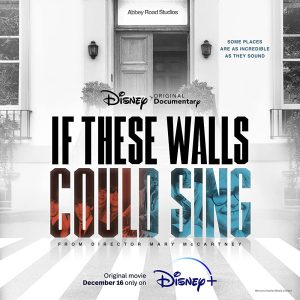 Disney Original Documentary If These Walls Could Sing, serving as a love letter to to London’s Abbey Road Studios is now streaming on Disney+
Disney Original Documentary If These Walls Could Sing, serving as a love letter to to London’s Abbey Road Studios is now streaming on Disney+
The first feature helmed by Paul McCartney’s daughter, Mary McCartney, If These Walls Could Sing is billed as a personal work of memory and discovery, juxtaposing the filmmaker’s experiences of the iconic recording studios with their impressive history.
Abbey Road Studios is the heart of the music industry. Fans journey every year to have their photo taken at the world-famous zebra crossing to feel close to the music they love. Artists strive to follow in the footsteps of their heroes and to harness some of the studio’s magic for themselves — to leave their mark on music history, too.
The studios have been a part of Mary’s life for as long as she can remember, a home from home and the place her parents made their seminal records. Her documentary sees Abbey Road Studios open up their doors for the first time, as Mary guides the viewer through nine decades to tell the stories of some of its most iconic recordings and the people who made them happen.
If These Walls Could Sing features some of the biggest names in music and film, including Paul McCartney, Ringo Starr, Elton John, Liam Gallagher, Noel Gallagher, John Williams, Cliff Richard, Jimmy Page, Dame Shirley Bassey, George Lucas, Nile Rodgers, Kate Bush, Ye, Celeste, Roger Waters and David Gilmour. The film exploring Abbey Road’s breadth, diversity and ingenuity, from classical to pop, and film scores to hip-hop, tells its story by pairing its A-lister interviews with vivid archive footage and session tapes.
If These Walls Could Sing was produced by John Battsek (The Rescue, Searching for Sugar Man).
 We are very saddened to share the news that Jeff Beck has passed away at age 78.
We are very saddened to share the news that Jeff Beck has passed away at age 78. 
 Between the late ’60s and early ’80s, design house Hipgnosis created some of the most iconic and ubiquitous album artwork of all time. Their original lifespan coincided with the golden age of the 12-inch LP, beginning just as the Beatles’
Between the late ’60s and early ’80s, design house Hipgnosis created some of the most iconic and ubiquitous album artwork of all time. Their original lifespan coincided with the golden age of the 12-inch LP, beginning just as the Beatles’ 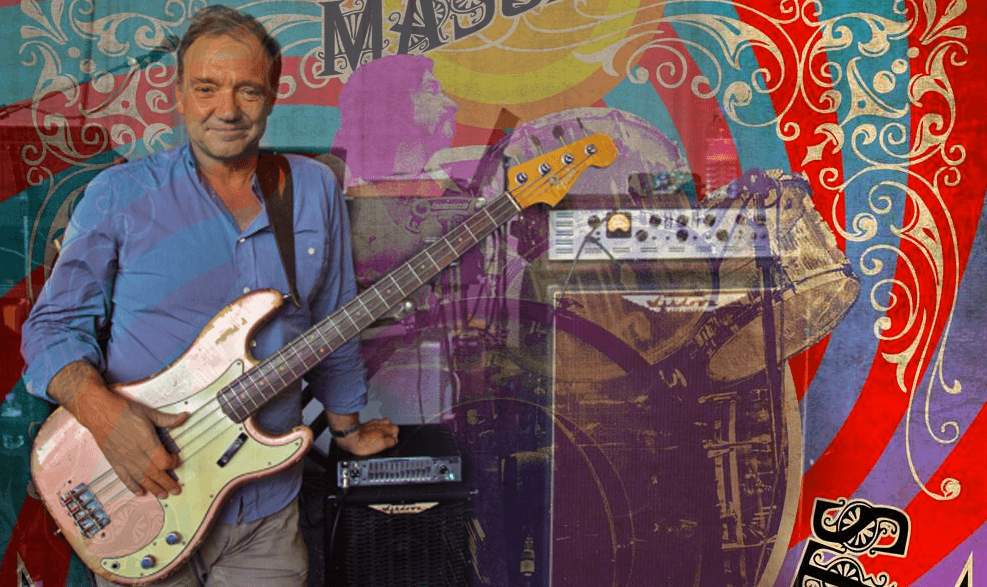
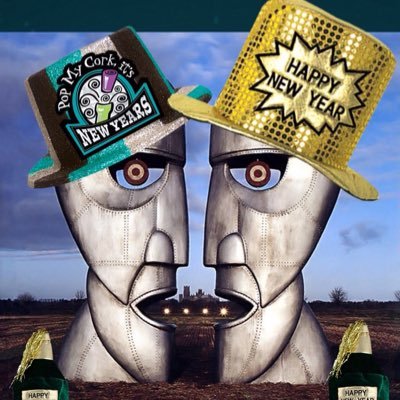
 From all of us here at AFG we extend our best wishes to Dick Parry on his 80th birthday !!
From all of us here at AFG we extend our best wishes to Dick Parry on his 80th birthday !!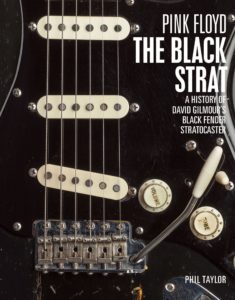
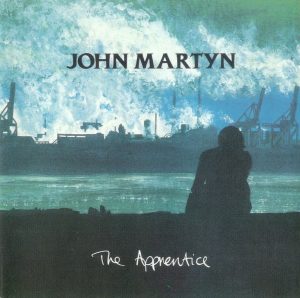 An expanded four disc edition of the 1990 album ‘The Apprentice’ by late John Martyn.
An expanded four disc edition of the 1990 album ‘The Apprentice’ by late John Martyn. 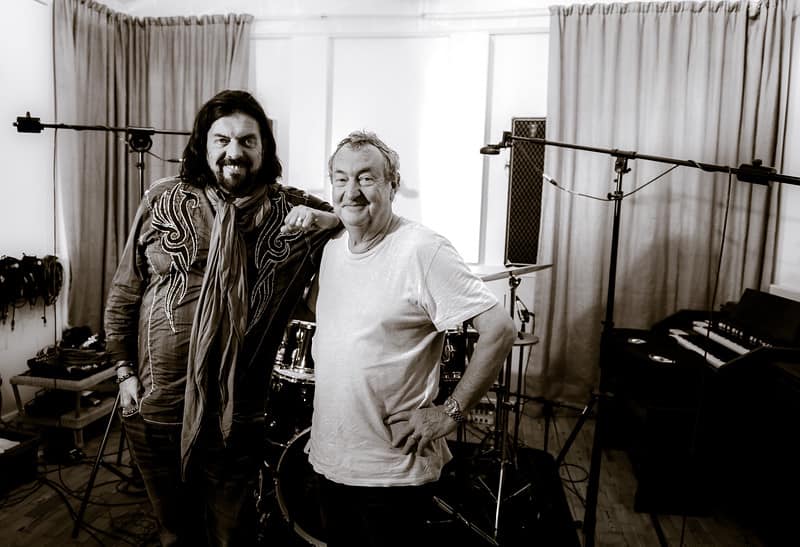 From all of at AFG we wish to send best wishes to Alan Parsons on his 74th Birthday.
From all of at AFG we wish to send best wishes to Alan Parsons on his 74th Birthday. Disney Original Documentary
Disney Original Documentary